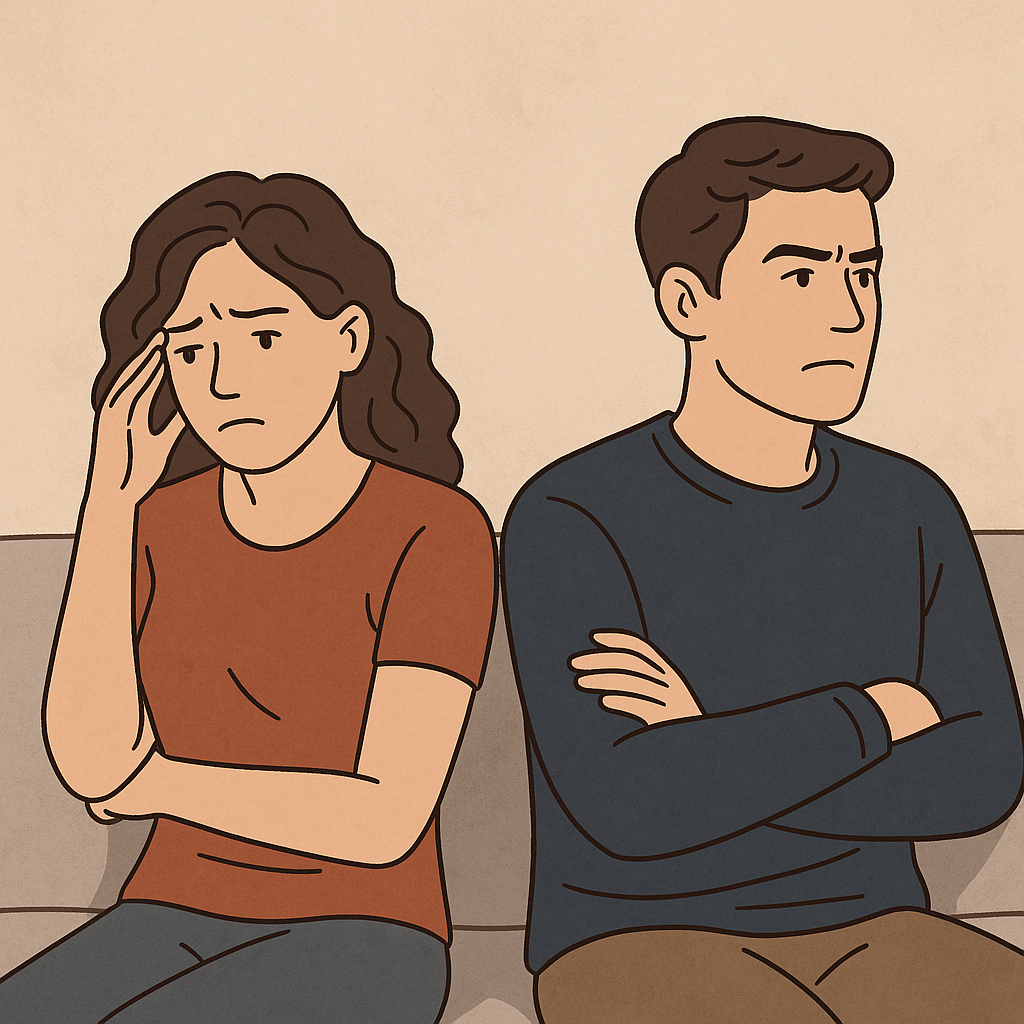When Silence Speaks Louder – Understanding Avoidant Behaviour After Separation
After a separation, particularly one marked by high conflict, the behaviour of an avoidant partner can feel cold, distant—even cruel. But behind the silence, the withdrawal, and the shutdown responses, there is often a far more complex truth. Avoidant individuals do not disconnect to punish. They disconnect to survive. To regulate. To protect themselves from overwhelm.
Dr. Amir Levine, in his book Attached, explains that avoidant attachment develops in environments where emotional closeness felt unsafe, unpredictable, or burdensome. As children, avoidants may have learned that vulnerability was met with rejection or that expressing needs resulted in shame or neglect. So, in adult relationships—especially under stress—they fall back on what once kept them emotionally safe: distance, self-reliance, and emotional detachment.
When the relationship ends, this avoidant response often intensifies. Communication may stop abruptly. Emotional conversations are avoided. Legal matters are treated like business transactions. While the anxious partner may be desperately seeking closeness, clarity, or co-regulation, the avoidant partner is often doing the opposite—retreating further, minimising communication, and appearing unbothered. This dynamic creates a painful push-pull loop: the more the anxious partner reaches out, the more the avoidant withdraws. And the more the avoidant withdraws, the more desperate the anxious partner becomes. Neither one is wrong—they are both acting from learned survival strategies.
The key here is understanding that avoidants are not necessarily shutting down to harm or punish. In fact, many avoidant individuals are not even fully conscious of how their behaviour affects others. As Dr. Levine notes, avoidants tend to “downplay the importance of relationships” as a defence mechanism. They often suppress their own emotions and avoid conflict as a way of self-regulating—of returning to emotional centre after feeling engulfed or overwhelmed.
But this detachment has consequences—especially for children.
In the midst of separation, children are navigating enormous emotional shifts. Their world has been fractured. Their sense of safety, identity, and daily routine is under reconstruction. In these moments, they need emotional availability more than ever. Yet avoidant parents, in trying to stay strong or appear unaffected, may unintentionally become emotionally absent. They may miss their child's subtle bids for connection, overlook moments where reassurance is needed, or dismiss emotional outbursts as overreactions rather than cries for regulation and safety.
Children, like adults, are wired for attachment. If a parent pulls away emotionally during a time of crisis, the child may internalise that disconnection. They may begin to believe that their emotions are too much, that needing comfort makes them weak, or that expressing themselves leads to rejection. Over time, this can lay the foundation for the very same avoidant patterns the parent is unconsciously repeating.
Avoidant behaviour after separation is not inherently abusive or malicious. It is often the result of an emotional system that was never given the tools to stay present in discomfort. But when that avoidance causes harm to a former partner or neglects the needs of a child, it becomes critical to step into conscious self-regulation, not just for one’s own peace—but for the emotional safety of those we’re still connected to, even after the relationship ends.
Understanding avoidance is not about excusing emotional disconnection. It’s about bringing compassion and accountability to the table, so that healing can begin—not just between former partners, but within the family system as a whole.
